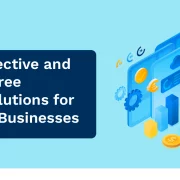Branching navigation is a type of technology that requires learners to adapt and take control of the learning outcome. Under this method, the learners are exposed to different solutions. It is a practical-oriented learning method.
Q: What is Branching Navigation?
A: Branching Navigation is a type of navigation in e-learning courses that allows learners to choose their own learning path based on their individual needs and preferences. Learners are presented with different options or paths at various points in the course, and their choices determine which content they access next.
Q: How is Branching Navigation different from linear navigation?
A: Branching Navigation differs from linear navigation in that it allows learners to customize their learning experience and explore content in a non-linear, self-directed way. Linear navigation, on the other hand, presents content in a predetermined sequence that all learners must follow.
Q: What are some benefits?
A: It offers several advantages, including increased learner engagement and motivation, enhanced personalization and relevance of learning content, and improved retention and application of information.
Q: What are some challenges?
A: Some challenges may include the need for effective content curation and organization, potential confusion for learners if there are too many options, and the importance of ensuring alignment and coherence across different learning materials and contexts.
Q: What types of e-learning courses are best suited?
A: It can be most effective in e-learning courses that require personalization and flexibility, such as soft skills training, sales training, or compliance training. However, it can also be applied in a variety of other contexts, such as product training or onboarding.



